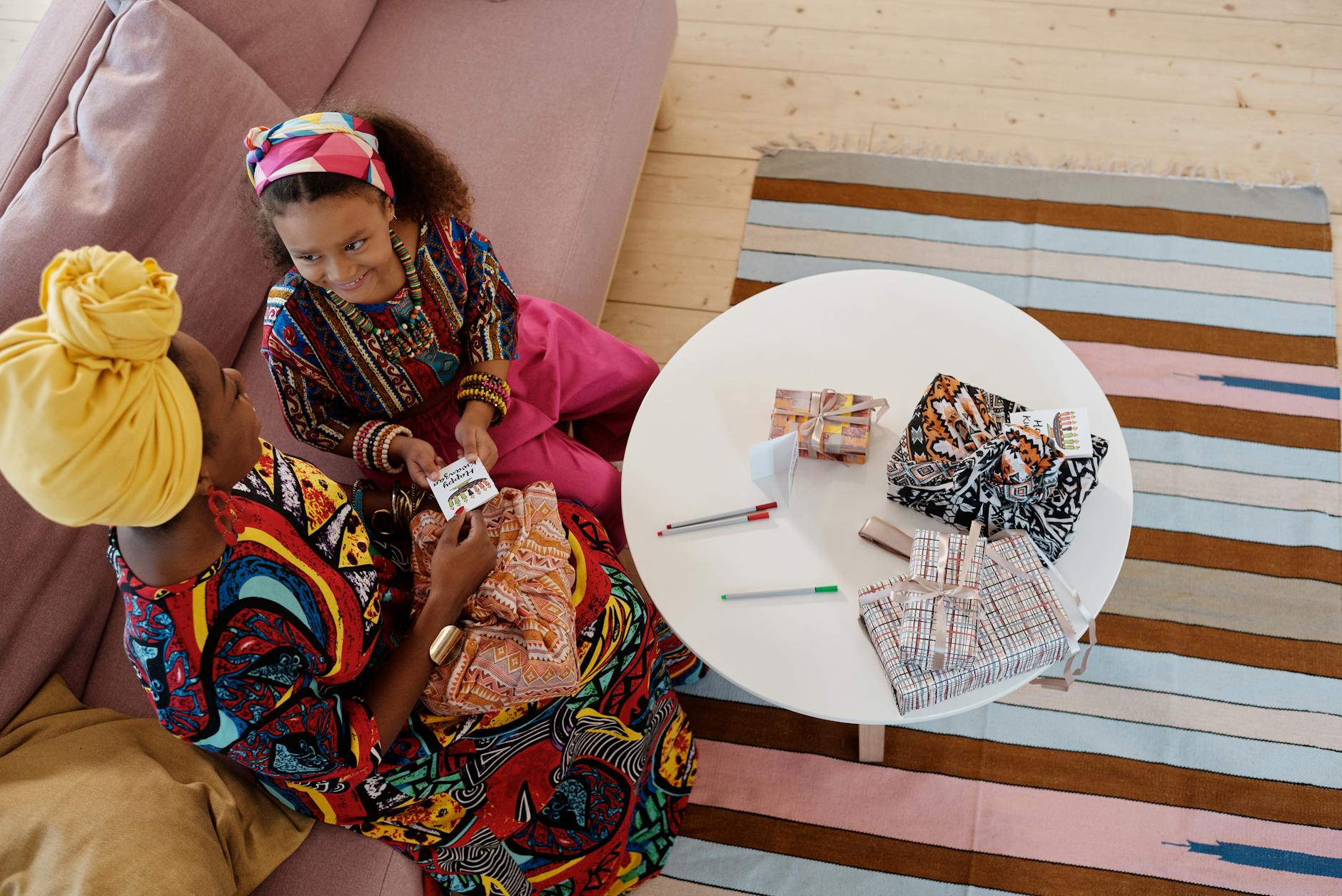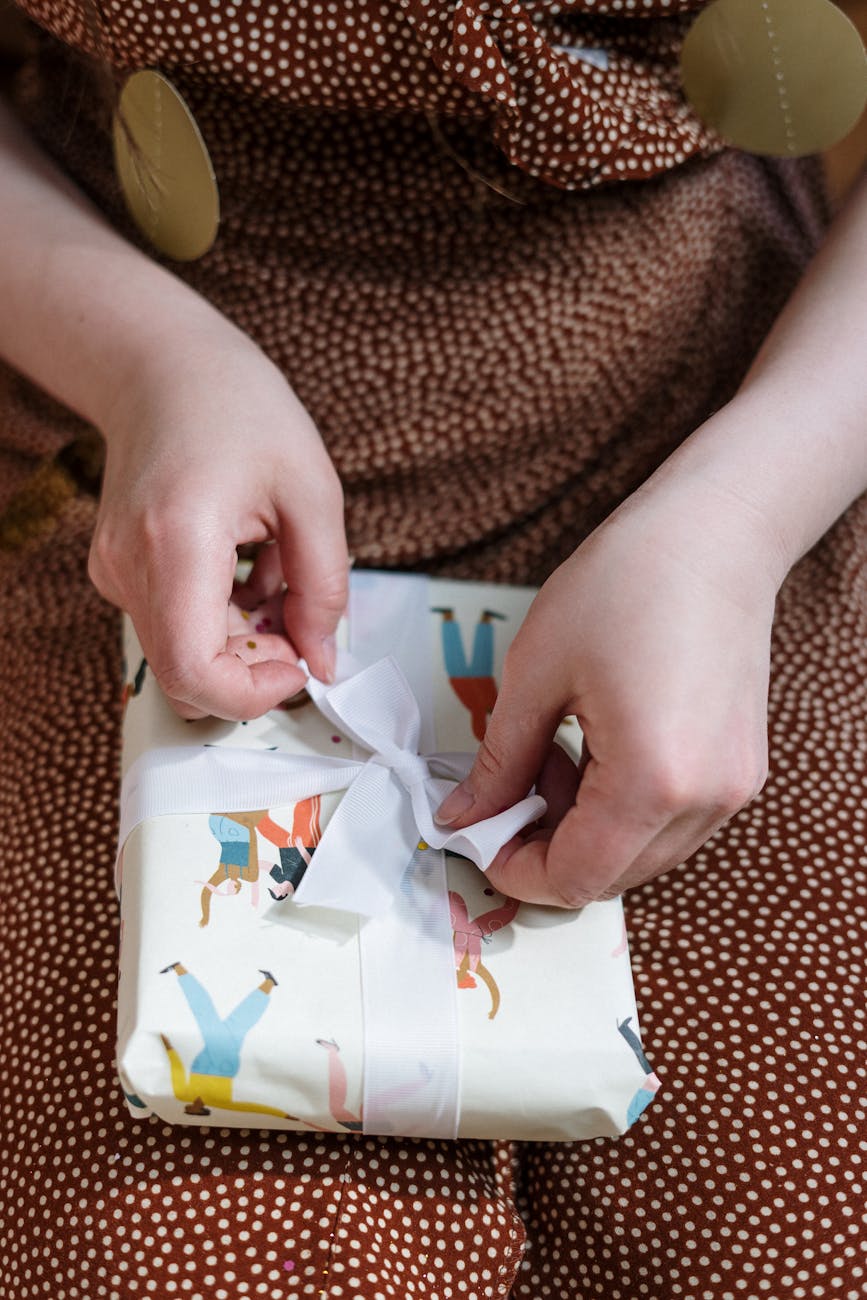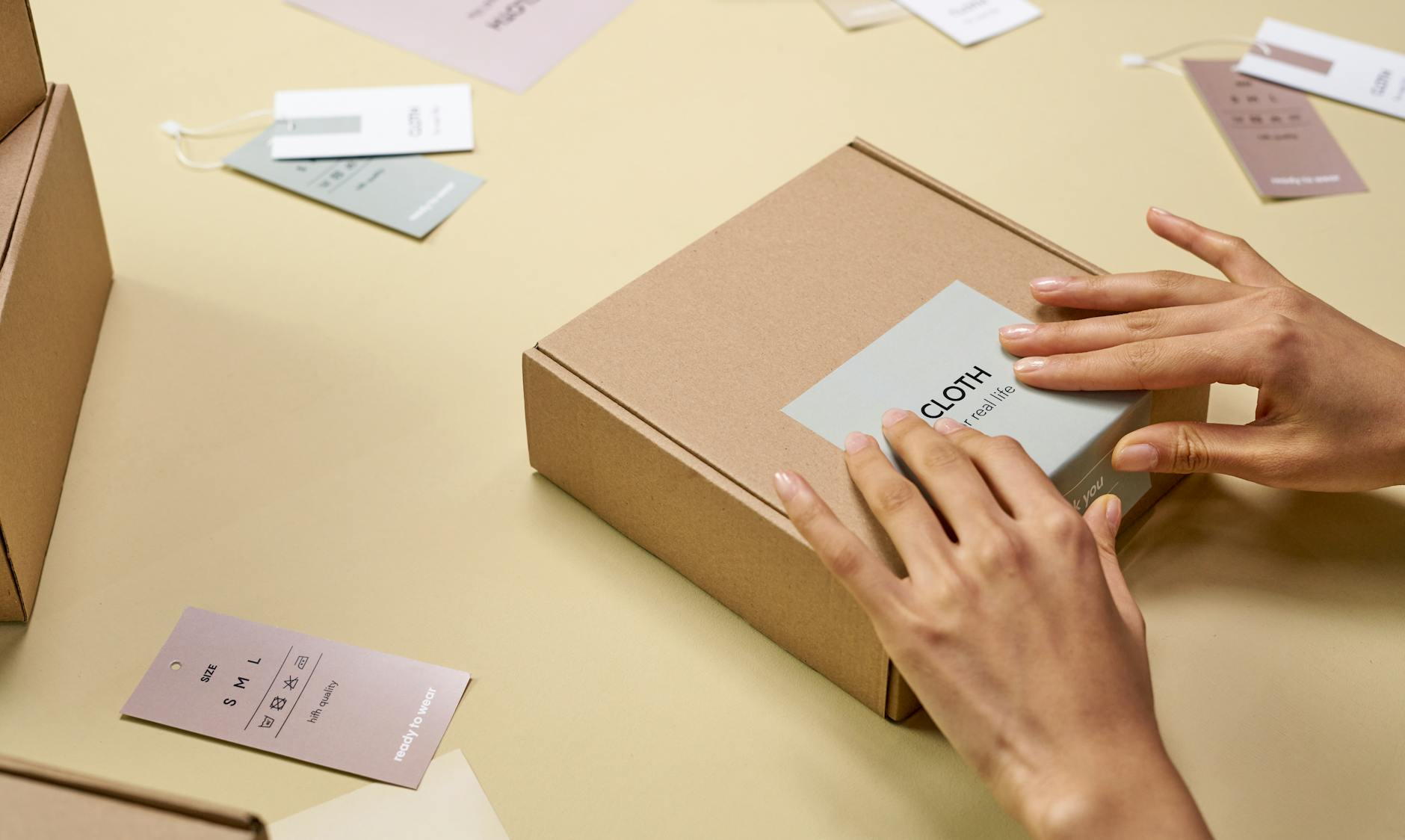Ultimate gift ideas for any occasion: thoughtful presents for every person and event
Introduction
Choosing the perfect gift can feel overwhelming, whether you are shopping for a birthday, a wedding, a holiday, or an unexpected “just because” moment. This guide will walk you through a practical, repeatable approach to selecting thoughtful presents that match the recipient, the occasion, and your budget. You will learn how to identify meaningful clues about someone’s preferences, translate personality and lifestyle into gift categories, and adjust choices for special events and timing. The article also covers presentation and customization techniques that increase perceived value without breaking the bank. Follow these steps and examples to move from generic items to gifts that feel intentional and memorable, helping you build stronger connections through well-chosen presents.
Know the person and the occasion
Start by gathering context. A successful gift begins with three simple questions: What does the person enjoy? What role do they play in your life? What is the tone of the occasion? These answers guide whether to choose something practical, experiential, sentimental or playful.
- Observe habits: Hobbies, daily routines, and currently used products provide direct clues—note brands, colors, and unmet needs.
- Ask subtle questions: Talk about recent purchases or wishlist items. People often reveal preferences in casual conversation.
- Consider relationship level: Close family may appreciate sentimental keepsakes, while coworkers usually prefer neutral, useful items.
- Match tone to event: Milestones like weddings call for lasting gifts; casual gatherings allow for fun or novelty items.
Match gifts to personality and interests
Translate what you know into categories that resonate with personality types. This shifts gifting from guessing to strategic: choose one primary category and one personalization tactic.
- The experiential type: Prioritize classes, tickets, subscriptions, or curated days out. Add a printed itinerary or a small physical token to make the experience tangible.
- The maker or hobbyist: High-quality tools, curated kits, or rare materials support their passion. Choose items that solve a friction point or expand their practice.
- The minimalist: Opt for multi-use, high-craft items, digital gifts, or consumables. Presentation should be clean and clutter-free.
- The sentimentalist: Personalized jewelry, photo books, or heirloom-style objects that capture memories will have high emotional value.
- The trend-seeker: Limited-edition drops, boutique brands, or on-trend tech can delight—pair with a note about why you thought they’d like it.
Choose gifts by event and budget
Different events and budgets require different strategies. Use a purpose-driven approach: allocate spend where impact is greatest and scale other components like packaging and personalization to fit the budget.
- Birthdays: Mix one main gift with a small add-on. If budget is tight, make the main gift experiential or handcrafted.
- Weddings and anniversaries: Prioritize longevity—invest in quality over novelty.
- Holidays: Group gifting or themed bundles work well for families or offices.
- Milestones (graduation, promotion): Choose gifts that mark transition—professional tools, travel vouchers, or symbolic keepsakes.
| Recipient | Gift ideas | Price range | Personalization tip |
|---|---|---|---|
| Partner | Custom jewelry, weekend getaway, curated recipe box | $50–$500 | Engrave a meaningful date or include a handwritten note |
| Parent | Photo book, premium kitchen gadget, subscription service | $30–$300 | Compile family photos or add a recorded message |
| Friend | Experience day, craft kit, indie brand finds | $20–$150 | Choose something aligned with a shared memory |
| Colleague | Desk organizer, coffee set, digital gift card | $15–$75 | Keep it neutral and useful; include a tasteful card |
| Teen | Tech accessories, trend-led fashion, creative courses | $20–$200 | Check their wish list or social profiles for hints |
Present and personalize for impact
Final touches elevate a good gift into a memorable one. Presentation, timing, and context communicate thoughtfulness as much as the item itself.
- Creative wrapping: Use reusable bags, fabric wraps, or thematic boxes that reflect the recipient’s taste.
- Meaningful notes: A concise, specific message explaining why you chose the gift increases emotional value.
- Staging and timing: Deliver experiences with a planned date and a physical token. For objects, present at a moment that reinforces the sentiment.
- DIY additions: Simple extra efforts—like a playlist, recipe card, or a small handcrafted item—make even modest gifts feel bespoke.
- Return and care options: Include receipts or a clear care guide for higher-value items to remove friction.
Conclusion
Thoughtful gifting combines observation, intent, and presentation. Start by understanding the recipient and the occasion, then map those insights to a gift category that matches personality and lifestyle. Adjust for event type and budget, using a main gift complemented by smaller touches when appropriate. The table and examples above offer practical options across common recipient types and price brackets. Finally, attention to wrapping, timing and a concise personal message multiplies the impact of any present. By following this structured approach, you move from generic choices to gifts that feel deliberate and meaningful, building stronger relationships and creating memorable moments for the people in your life.
Image by: Askar Abayev
https://www.pexels.com/@askar-abayev




